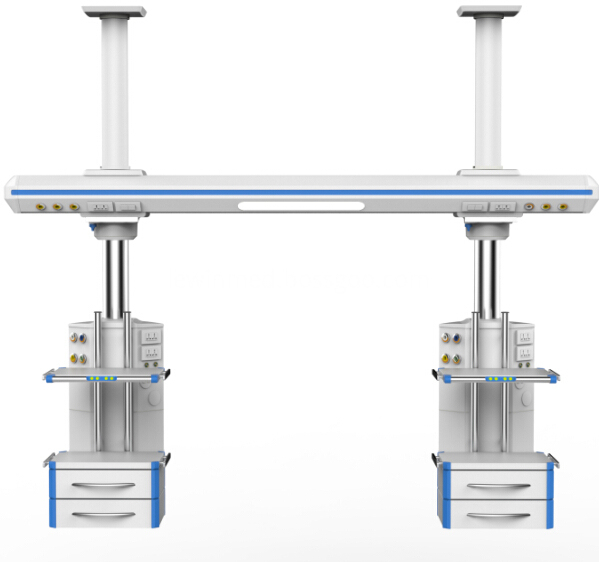First, windy weather vegetable management
The production of greenhouse vegetables, plastic greenhouses and other facilities of vegetables and garlic exposed to great harm, scratching the film, plastic film, scraping grasshoppers and other phenomena often occur, resulting in greenhouse vegetables and exposed garlic suffered freezing damage, production damage, should cause height Pay attention.
Protective measures: 1. Inspect and reinforce the infrastructure of the scaffolding, repair the damaged shed film in time, close the bleed outlet before the strong wind, seal the shed, tighten the laminating line, press the membrane rope, and press the straw and so on. Things. 2. Garlic management should be timely pouring frozen water, tightly cover the film, the full coverage of the film, in winter to protect the film, the damaged parts in time with the soil pressure, you can cover a portion of the film on the film to prevent wind and corn straw.
Second, rain and snow weather vegetable management
Rain and snow water tend to infiltrate the outer covering of the facility, causing increased pressure on the greenhouses and plastic sheds, causing the skeleton to be overwhelmed and breaking or being damaged. As a result, the sheds collapsed and the vegetables in the sheds were frozen and died. The vegetable production suffered huge losses.
1. Put a layer of plastic film on the cover of grasshoppers and other facilities to keep the cover dry and improve the heat preservation effect.
2. Arrange special guards during the heavy snowfall to clean the shed area in time and transport the snow out of the field to prevent the ground temperature from being reduced by the snow, so as to improve the temperature in the facility.
3. Increase the pillars in the shed to improve the pressure resistance. Heavy snow is likely to increase the pressure on the shed, in order to effectively increase the pressure resistance of the skeletal structure, a row of movable pillars can be set up temporarily at a distance of 3 meters from the front of the greenhouse to improve the pressure resistance of the greenhouse.
Third, even the cold weather vegetable management
Solar energy is the main energy source for the production of vegetable facilities, and it has a great impact on the production of vegetables for several days in the winter. Low temperature and low light can easily cause stagnation of crops or freeze damage, resulting in reduced production.
1. Should listen to and watch the weather forecast in time, spray anti-disease agent or foliar fertilizer in advance before the arrival of low-temperature days, and enhance the ability of vegetables to resist low temperatures.
2. Take measures to increase the temperature. In continuous cloudy snow weather, the temperature inside the shed is low and measures should be taken to increase the temperature inside the shed. Conditions can be used to warm the fire, heating furnace heating, fully increase the temperature within the greenhouse to ensure the safety of vegetable plants through the cold season.
3. In the case of even cloudy days, the grass cover must be covered early and covered in full, make full use of the scattered light to increase the lighting of the shed, and hang the light curtain on the back wall of the shed to add light; timely clean the greenhouse film to ensure that the shed film is clean and clean. Light rate; it is also possible to install fluorescent lamps, biogas lamps, etc. in the shed to make up light and promote plant photosynthesis.
4. In order to reduce the occurrence and development of vegetable diseases in the facility, it is crucial to minimize the indoor air humidity. In winter, watering should be strictly controlled. When the crops show drought, they can be poured into small water under the membrane on sunny days. When using pesticides to control vegetable diseases, dust or aerosols should be used as far as possible.
5. Remove the old leaves of the plant in time to increase the amount of direct sunlight to the ground, increase the temperature of the ground, promote the growth of new roots, and also reduce the amount of transpiration of the leaves and prevent the plants from losing water and wilt.
6. To prevent the occurrence of "flash" seedlings. On a continuous cloudy day, do not fully uncover the haystacks after the sudden turn of fine weather, prevent the seedlings that have experienced severe weather from seeing a sudden glare, and the temperature in the shed will suddenly increase, causing the seedlings to increase water transpiration and wilting. The method of management, that is, to expose the gaps, cover the gaps, and repeatedly reveal, and wait for the plants to no longer wilt and restore growth, then all unveiled.
7. For greenhouses that are severely affected by cold, remove the young fruit in time to ensure the nutrients needed for plant growth and to prevent premature plant failure due to low temperature and low light. For unrecoverable greenhouses, timely clear and replant other vegetable crops.
The cross arm and control cabinet of the tower crane adopt the imported high-strength aluminum alloy ofpatent technology for the one off extrusion molding, ICU bridge and the surface undergoes the primary oxidationtreatment.
Pneumatic brake plus mechanical friction damping brake
The imported electrical machine is adopted, and the electric perpendicular moving up and down.The gas pipeline, power supply and computer communication line are separately arranged withoutinterference.The imported (GENTEC) brand German standard gas terminal (over 20,000 of inserting and pulling out) is adopted.The ICU bridge with high bearing capacity with suspension the cavity mirror car system.The horizontal rotation function can accurately position without excursion.

Icu Bridge,Icu Bridge Pendant,Portable Supply Unit,Tower Crane
Shandong Lewin Medical Equipment Co., Ltd. , https://www.lewinmed.com